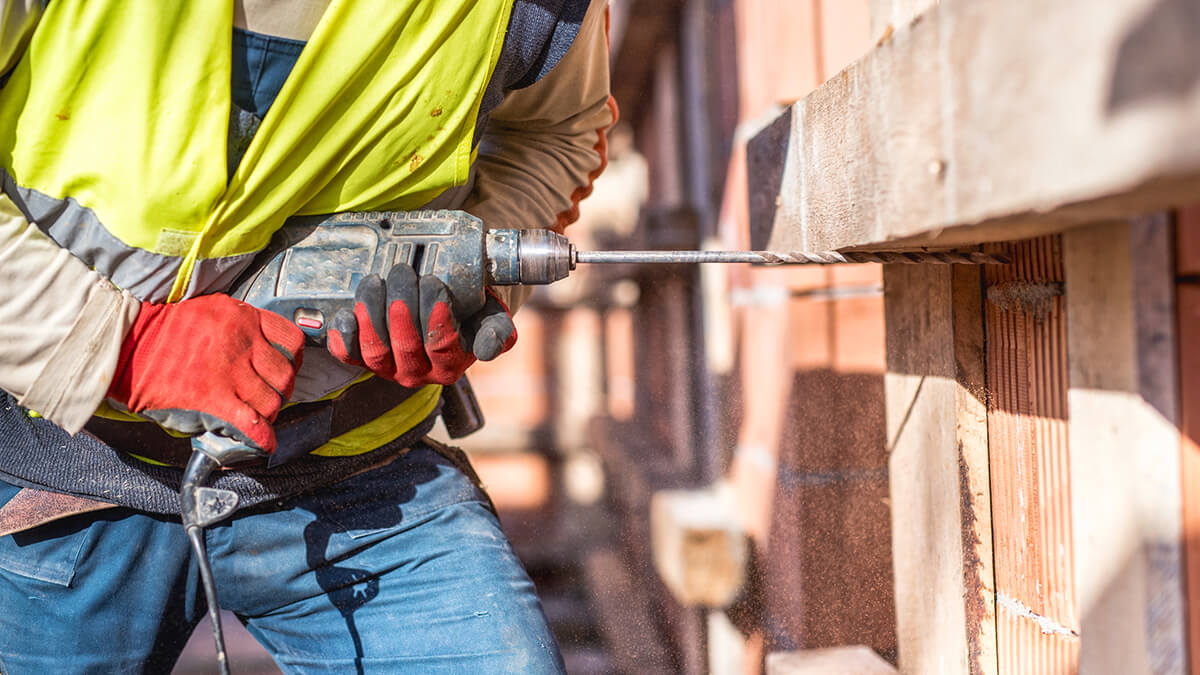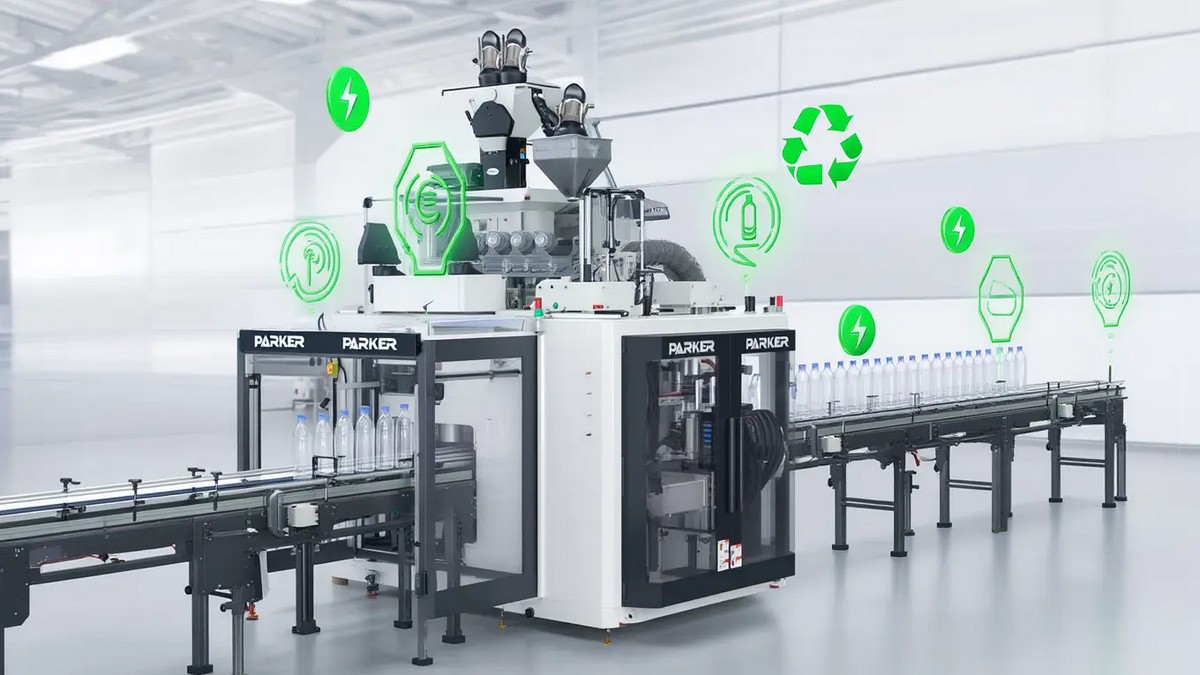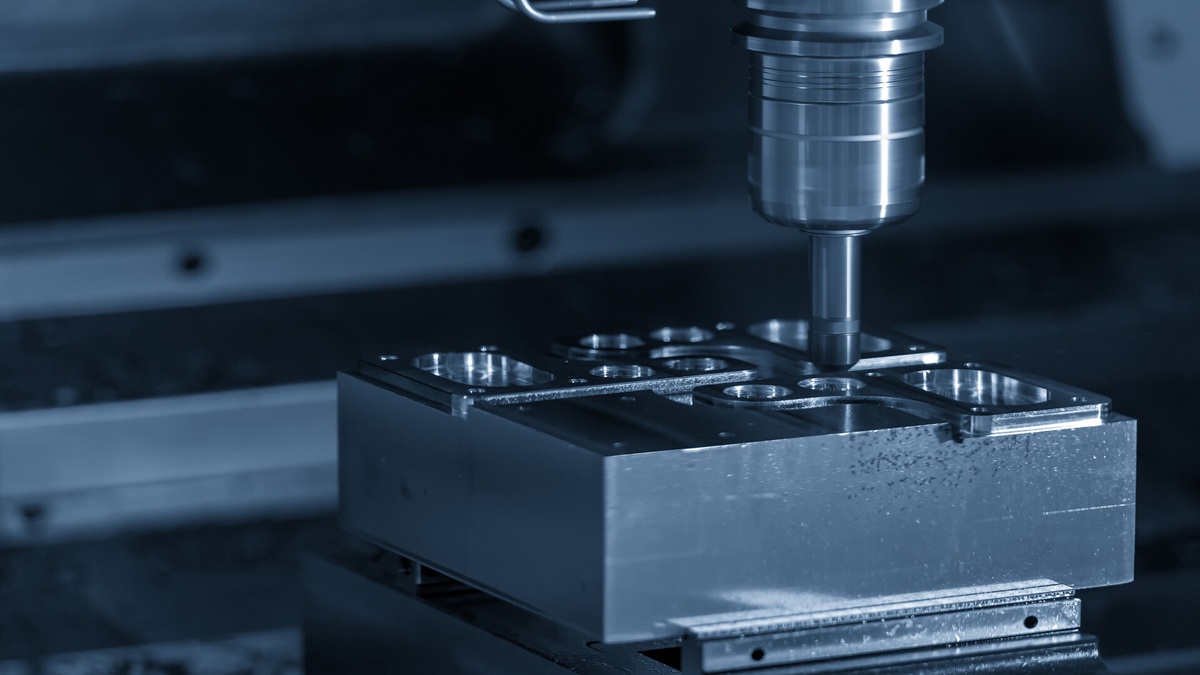How to choose the rise of India's manufacturing industry and whether it can accelerate its growth will determine whether Taiwan's machine tool industry can find a new blue ocean in South Asia as expected.
India Manufacturing Market
India is the ninth-largest producer of machine tools in the world and the seventh-largest consumer of machine tools in the world, with an average annual consumption of approximately US$ 2.88 billion. Nearly 60% of the consumer market's demand is imported from abroad, and only more than 40% of the products are provided by local machine tool manufacturers. The main importing countries are Japan, China, and Germany, and Taiwan is the fifth largest importer of Indian machine tools. As far as the machine tool application industry is concerned, the Indian automobile industry is naturally the primary goal, and the output value of the automobile manufacturing industry accounts for more than 7% of the overall GDP. Therefore, when locating the machine tool market in India, Taiwan machine tool manufacturers can first investigate the processing methods of the country's "auto parts" manufacturing industry to understand the machine tool specifications, processing accuracy, and reliability required by the country's application industry. To find out the opportunity to cut into India by market segment.
India has become one of the best places for foreign investment in the world. Since the adoption of liberalized economic policies in 1991, India has opened up foreign investment as one of the important policies. In terms of GDP composition, investment and domestic demand are to promote India's economic growth. Although there is still a considerable gap between India and mainland China in terms of infrastructure, investment environment, foreign investment attraction, and manufacturing development, recent problems such as overcapacity and labor shortages caused by China’s excessive investment have emerged. Looking up, India, with its huge labor force and market, seems to be likely to become the new global manufacturing center after China. It is arguably one of the most high-profile economies in the world.
In addition to mainland China, India is a dazzling market. India’s industrial development is just at the beginning and is developing in the direction of enhancing product competitiveness. India’s national policy is to improve the infrastructure of the automotive industry, durable goods, electronics, and other infrastructure. The future manufacturing industry the proportion will increase from 15% to 25%, and its huge business opportunities will drive the vigorous development of the machine tool market.
According to the statistics of the Indian Machine Tool Manufacturing Association (IMTMA), in 2012 the output value of Indian machine tools reached Rs 28.17 billion and exports were only Rs 1.46 billion, but the total import of machine tools amounted to Rs 59.22 billion and the market demand was approximately Rs 85.91 billion. 70~80% of the Indian machine tool demand depends on imports.
In 2011, the Indian machine tool industry ranked 12th in the world, the seventh-largest machine tool consumer, and the sixth-largest machine tool exporter in Taiwan. According to the statistics of the Indian Machine Tool Manufacturing Association (IMTMA), the Indian machine tool industry in 2011 There are about 468 manufacturers in the industry. There are not many large enterprises, mostly small and medium-sized enterprises. The top 20 companies produce more than 80% of the output value. The state-owned Hindustan Machine Tool (HMT) is the leading enterprise in this industry. India’s raw materials part in the upstream of the machinery and equipment industry is quite complete. It is one of the major steel-producing countries in the world. The secondary processing industry in the midstream has no technical threshold. Because of the low labor costs in India, many countries have turned to Indian OEM for procurement, while the downstream Cooperating with the industry is weak, especially precision machining. Because of the backward processing equipment in India, there is not much chance of finding qualified suppliers in India. Therefore, in India, if you want to invest in the machinery and equipment industry, you still use imported components for finished product assembly.
India's overall economy
Manufacturing Competitiveness in India ranks second among 26 countries, second only to mainland China, and ranks 3 to 10 in order from South Korea, the United States, Brazil, Japan, Mexico, Germany, Singapore, and Poland. India has a large number of scientists, researchers, and engineers, a well-educated English manpower, a wealth of products, and a democratic state mechanism. It has made India the best base for manufacturing. In 2011, India’s total imports reached US$355.694 billion, and its exports totaled US$254.402 billion. From the perspective of export value over the years, the overall growth has continued. Also, multinational companies have transformed the Indian market from a low-cost production plant to a global an important production base of strategic layout significance. Innovative products designed and manufactured by India are not only sold in the Indian domestic market but can also compete in the international market. From foreign investment, it can be seen that its annual expansion trend.
Indian Machine Tool Industry Development
In the past 60 years, the Indian machine tool industry has been developing for a long time. In 2011, it ranked 12th in the world's total production, and it also can manufacture various machine tools, especially CNC machine tools. In the past two decades, India’s design strength and all current products are the results of the design and development efforts of Indian machine tool industry manufacturers. Nonetheless; the Indian machine tool industry lacks strong R&D, so it needs to drive the research and development of the latest technology to compete with foreign advanced countries. The lack of R&D has resulted in the Indian machine tool industry losing nearly 70% of its domestic market occupancy and replaced by foreign manufacturers. The requirements of modern machine tools are mainly productivity, precision, reliability, and processing and formation of new materials. All the most famous Indian machine tool manufacturers also focus on these major aspects of machine tools in their research and development.
Power improvement. The design concepts and functional improvements of several new machines are assisted by professional international manufacturers in the development of one or other machine types and have had good results. Most of the technologies developed are from Germany and Japan. Germany and Japan are All have a long history of the development of machine tools and strong research and development capabilities in the world. The development of Indian machine tools must have significant progress in productivity, precision, and reliability before it can effectively drive the development of Indian manufacturing.
Will India be the new market of Taiwan machine tools?
The Indian government puts forward the goal of manufacturing in India in 2025. The output value of the India manufacturing industry accounts for 25% of GDP. From the statistics of Taiwan's manufacturing exports to India in recent years, the Indian manufacturing market seems to be rapidly rising.
In 2017 and 2018, the export value of Taiwan's machine tools to India grew by an average of 30.5% over the past two years. The ranking of exports to the Indian market also jumped from Modi's 11th place when he first took office to Taiwan's fourth-largest export market for machine tools. As the Indian automobile industry is quite developed, the output value of the automobile manufacturing industry accounts for more than 7% of GDP, coupled with the strengthening of Modi’s manufacturing policy in India, the output value of the Indian automobile industry can create an average annual growth of about 6%. With the growth of the automotive industry, the surrounding auto parts and components also create an annual output value of 40 billion US dollars, accounting for about 2.3% of GDP.
However, an automobile industry accounts for more than half of the manufacturing output, reflecting the uneven development of Indian manufacturing. India’s share of Taiwan’s exports is not high, and the growth in recent years is the contribution of individual manufacturers’ orders. However, India is still a huge market with more than 1.3 billion people. In the process of manufacturing output rising from nearly 17% to 25%, it will indeed increase India's demand and consumption of machine tools.
Import substitution vs. processing export
If it replicates China labor-intensive, material processing, and export mode, it will inevitably squeeze the exports of other countries in the future, which will affect the export performance of Taiwan machine tools in other markets. But if India is to meet the huge domestic demand market through import substitution, then the growth of Indian manufacturing output may create a huge blue ocean market for Taiwan machine tool industry.
India adds about 13 million young laborers every year. For the Indian people to increase their income and escape poverty, they must let these young people leave the countryside to work in higher-value jobs. The "Made in India" is to attract foreign investment to India to invest in manufacturing, creating huge job opportunities to meet the needs of the India domestic labor market.
In the past, due to the weak manufacturing industry in India, domestic consumption created a rigid demand for imports. This not only caused India’s long-term trade deficit but also continued to erode India’s foreign exchange reserves and current account balances. This allows the Indian government to spend more effort to maintain the stability of the Indian currency and the domestic market when facing international economic shock. For example, to reduce the import cost of consumer electronic products, India launched a new electronic industry policy in 2020, supplemented by tariff and non-tariff barriers, and used the market in exchange for foreign funds and technology to create domestic employment. Taiwan's Hon Hai and Delta Power have decided to reduce China's production capacity, increase Indian investment, and respond to "Made in India."
But why did India's manufacturing output share of GDP only increase from 16% to 16.7%, an increase of less than 1 percentage point? This is related to the lack of universal education in India, the huge gap between the rich and the poor, and the polarization of the labor force structure. There are many high-level engineers, R&D personnel, doctors, and lawyers in the technology industry in India; on the other hand, the huge poverty population makes India's low-skilled or even unskilled labor force more. On the contrary, there is a relative shortage of workers with basic technical capabilities required by the manufacturing industry. Although these unfavorable factors have reduced the explosive power that India's manufacturing industry should have recently, these problems can be improved step by step. When infrastructure construction and education popularity keep up, India, which was originally affected by the huge low-skilled and unskilled labor force, is supported by the vast domestic demand market. In the long run, the manufacturing industry will still have development in the future.








.jpg)
.jpg)


點-m-90454917_m.jpg)

